
Manal AlDowayan is a conceptual artist at the forefront of the global contemporary art scene. She was born and raised in the Eastern Province of Saudi Arabia and carries a Masters degree in Systems Analysis and Design. She worked as the Creative Director of the Saudi Arabian oil company for ten years before becoming a full-time artist. She has participated in several residencies including: Delfina Foundation in London, The Town House Gallery in Cairo, and Cuadro Gallery in Dubai. Manal has been inducted into various cultural leadership initiatives including the Clore Leadership program and the British Council International Cultural Leaders program. She has also been invited as the key note speaker in many international conferences and seminars; most recently at the Clinton Foundation in Little Rock, Arkansas as part of the Club de Madrid’s 2012 annual conference, entitled “Harnessing 21st Century Solutions: A Focus on Women” and at "Beyond Borders, The Platform for Small Nation Dialogue and Cultural Exchange" in Scotland 2012.
Manal has been included in international exhibitions including the Venice Biennale in 2011 and 2009, the Berlin Biennale in 2010, and in a collateral exhibition that coincided with Contemporary Istanbul in 2010. Her works are part of the permanent collections of the British Museum, LA County Museum, Mathaf Museum of Modern Arab Art, the Jordan National Museum of Fine Art, the Abdul Latif Jamil Foundation, the Abu Dhabi Authority for Culture and Heritage (ADACH), the Nadour Foundation, and the Barjeel Foundation. Manal AlDowayan is represented by Cuadro Gallery in Dubai. She currently lives and works between her native Dhahran, Saudi Arabia and Dubai, UAE.
I Am - Artist Statement
What jobs suit my nature as a woman? This is a question that haunts me when I meet successful working women in my home country of Saudi Arabia. In this context, politicians, businessmen, society and the local community surrounding the Saudi woman continue to ask these questions: Where can women work? And what can they do?
In this collection I examine my disposition and I wonder if my nature as a woman is another limitation on my potential that I need to overcome or accept. In my search for answers I found inspiration from the history of Arab women who have, for thousands of years, worked for their families while the men were away in the desert. Women have traditionally been the wage earners in the family and it is only due to the recent events of the oil boom and urban transformations in the region that women began to abandon this role. But things have now changed with “women making up 55% of undergraduates, but only 15% of the labour force”(Chu & Radwan, TIME). The 2003 Arab Human Development Report identified the “deficit in women’s empowerment” as one of three key impediments to “progress in the Arab world”… So it is no longer an issue of whether a woman should work, but rather, when can women become involved in the development of their country. Women are increasingly joining the workforce and contributing their intelligence, energy and motivation to improve their lives and those of their families. They have also become contributors to their country’s economy and active participants in the decision-making process.
The collection “I am” hosts a variety of Saudi Arabian women who perform important roles in Saudi society through their careers. At the same time each photograph has a piece of traditional jewellery placed in an obstructive and unnatural way, questioning cultural traditions that prevent Saudi women from expanding their roles in society. Although the history of the Arab woman inspires me, it is the modern Arab woman that motivates and gives me courage. I hope that women with education and financial independence will become fully and actively involved in shaping the decisions that affect their future and the futures of their daughters.
Look Beyond The Veil & The Choice - Artist Statement
This collection is influenced by an ongoing dialogue that affects Arab women’s lives everyday; a dialogue that discusses the restrictions placed on women due to local traditions that have become entwined with religion and identity. Identity preservation among all cultures is strongly linked to traditions. As our societies rapidly develop to keep up with our changing world, people cling to certain traditions for a sense of safety. Local traditions should not be left unexamined. Women represent half of all communities. Therefore their potential and energy become valuable resources for a healthy society. If traditions are used as a tool to suppress and control, our communities will become handicapped. Acknowledging women’s goals and embracing their achievements is essential to reach a needed state of societal balance.
“By using simple posed images I am able to communicate a very strong statement with no space for abstractness. Although some might feel a mood of darkness looming within the images because of the subject that is being addressed, at the same time the viewer is enveloped by a strong sense of beauty and hope that somehow filters through the eyes of the models.
The juxtaposition of the contrasting colors offers simplicity, minimalism as well as depth and drama. I use black and white photography because it is a medium that gives me control over the whole process of producing the right visual affect that I desire along with conveying my ideas clearly and without obstruction.”
Pointing To The Future - Artist Statement
As one of the most deprived social groups in terms of human rights, women are usually the source of hope and inspiration for their families and communities. The power that you sense from the firm pointing towards the dark unknown reflects the determination of many women in the Middle East and beyond, who continue the struggle to build a better world for their daughters and granddaughters, often with no hope of seeing their dreams become a reality. Knowing this, they continue to point to the future. I hope to bring about change by inspiring women through unity and by leaving my art for the next generation to enjoy and understand.
“Pointing to the Future” brings together Saudi women’s hands—different tribes, ages, and social backgrounds. One does not differentiate between the hands as they all point to the same goal.
A Hand Claps A Hand Waves - Artist Statement
This artwork title is inspired by poem written by the poet Elia Abu Madi titled "Oh how you complain” which addresses the idea of positive thinking and the energy that can be generated from just that. By viewing the world with positivity you can see the mundane things in life as testaments to beauty and achievement. In his poem he describes the leaves of the tree as they flap and move in the air as hands that clap at times and that wave. The poet is able to see this because of his positive outlook.
In my artwork I depict a set of open hands that are placed on a background of clocks. The open hands bring across a feeling of honesty and transparency but the clocks in the background, although barely visible, cause a friction in the relationship between the two elements sharing one space. Where the hands are honest and open the clock is a symbol of time that can always betray. Depending on how you view the artwork, you can see the positive or negative in the imagery. I invite you to use your positive energy and try to embrace the beauty of honesty and openness.
Landscapes Of The Mind - Curatory Brief
In Landscapes of the Mind, Al Dowayan reflects upon herself as a person, a symbol, a representative of a society and nation existing within a geographical construct. In her landscapes, the mountains, roads, buildings and structures are covered with symbols that obscure their true existence, blurring the simple reality of the visual scene. This conflict is intensified by the artist’s own existence within the space, rather than landscape, to which she belongs. The result is a surreal landscape, which allows Manal to manipulate, reinvent and repackage the reality of her geography and space without physically altering it.
Al Dowayan also reassesses contexts of space and power, confronting the forces that dictate the rules of existence in her landscapes. She adds a layer of self-reflection driven by the desire to understand who holds the power to define perspectives and stereotypes: the observed, the observer, the artist or the outsider?
And We Had No Shared Dreams - Curatory Brief
The city acts as a theatrical backdrop; it sets the scene and mood of the act to come. The city gives you the details, but not the story. We are mere props that complete the urban landscape. As the city grows its inhabitants slowly lose themselves, their identity, and eventually blend into this backdrop. Millions of people exist in anomie, surrounded by communities that they do not identify with. Every day, they live between concrete walls and are transported en masse to other concrete locations. They live suspended between states of consciousness and unconsciousness; existence plagued by isolation within congestion.
This context has spurred underground cultures that negate its imposed harmony, cultures with an anarchic spirit that refuse to be tied down by a framework or a definition. They bubble under the surface, exploring creative destruction and escapism. They try to dilute their solitude by reconnecting to their long lost love of the city. They seek emotional salvation at any cost.
This series of works depicts an imagined conversation between urban inhabitants and their cityscape. It is an unstable, symbiotic relationship in a constant state of uncertainty. It is a romance on the verge of collapse.
Suspended Together - Curatory Brief
The artist reached out to a large group of leading women from Saudi Arabia to donate their permission documents for inclusion in this artwork. “Suspended Together” carries the documents of award-winning scientists, educators, journalists, engineers, artists and leaders with groundbreaking achievements that gave back to their society. The youngest contributor is six months old and the oldest is 60 years old. In the artist’s words, “regardless of age and achievement, when it comes to travel, all these women are treated like a flock of suspended doves.
This project was developed to highlight the unique social attitudes towards women’s names in Saudi society. Men find it offensive to mention the names of the women in their lives and women also hide their identity so as not to offend the other members of her family. This is a custom occurring solely in Saudi Arabia and has no historical or religious foundation.
A wonderful hadith illustrates this concept; Amr ibn Al A’as said: The Prophet (PBUH) was asked (“Oh Prophet of God, who is the most beloved to you?” He said: “Aisha”). There are lessons to be learned from this hadith. Following in the Prophets example, Saudi Arabia’s founding father, King Abdul Aziz, would take great pride in his sister’s name, Princess Noura. Especially when caught in tense situations he would shout “And I am the brother of Noura!”
Identity is deeply linked to several elements of an individual’s personality and one’s name is integral among these elements. This fundamental subject forms the basis of my artwork entitled “My Name.”
If I Forget You, Don’t Forget Me - Artist Statement
I belong to a community of oil families that were spontaneously put together, they all took a collective life journey, and came back to create a culture of their own. This generation can never be replicated again, and for me it creates an impossible past to relate to … but I want to relate.
By constructing the memory of my late father’s generation of men and women at a different time than the one I knew him in, I wanted to create my own stories and personal narratives from the collective memories of these men and women … I wanted to own my past.
In times of uncertainty it becomes hard to predict the future, and by creating an emotional bond to the past I can place my self in the present and can have an understanding of the historical story I belong to … I wanted to own my future.
How do you photograph a memory that is forever changing? How do you capture a moment that existed 50 years ago in Saudi Arabia? I document the journey of the Oil men and women, one generation before me, who came from different facets of life and met each other at a single point where they took off to the future together.
Through conversations and objects that I capture, I create a hybrid experience that blurs the borders that separate the installation, the object and the photograph. I take you through an experiential journey that intensifies your sensory reactions to what is a “collective memory” of a group.
In one of my interviews an Oil man said “I was lucky to be part of a generation that saw their dreams become a reality” … I want to dream.
The State of Disappearance - Artist Statement
My constant questioning of the state of disappearance led me to its counterbalance ‐ the necessary act of preservation. I began examining two subjects and setting them against each other: the Arabic language that acts as a gateway to understanding and the terminology/lexicon utilized often is integral to comprehending a subject matter. The beauty and complexity of the Arabic language, with its multitude of descriptions for any given word, has been repeatedly lauded.
At the same time I explore the media portrayal of the Saudi woman. Specifically in daily newspapers where a filtered image is fed to the masses through repetition creating a gender stereotype that can dramatically alter how women and girls are viewed in society. By setting the language against the photograph I create a tension between the power of the written word and the visual image.
I selected my words from the ancient book of Abu Mansour AlTha’alby AlNaysaboury “Jurisprudence of a Language: The Secrets of Arabic.” This book, written in the late 10th century during the Abassid era, stands unique over the centuries for containing a detailed categorization of thousands of Arabic words.
Documentation through creating descriptive groupings and placing labels on a collective body is a delicate task. It can deepen understanding or become a negative grouping that encourages marginalization of the singular within the group.
This book was written one thousand years ago and with the passing of time and the onset of modernity, what is not rendered useful is actively erased over time. “The Arabic language is a living being,” as described the scholar Jurji Zaidan in his book of the same title. Zaidan concluded that “once a word is neglected… it can disappear from the Arabic language.”
I implement this idea of “repetition gives life to a word” onto the media image that is usually selected by a small group and distributed to the larger group and within this process creating a system for preserving a manipulated image that is far from reality.
By scrutinizing adjectives from AlNaysaboury’s book, this series highlights the current dangers of the labels employed to describe diverse collectives. The creation of these groupings imply a sense of preservation and protection. However, in reality, these labels are grouped according to AlNaysaboury’s delineations and carry his biases and perspectives. Ironically, he thus actively pushes some characteristics into the realm of disappearance by attempting to preserve them. In my fervor to document my present, am I contributing to a failed formula?
Who creates these groupings and whose selection determines the descriptions that fall under them? The act of labeling immediately places individuals – it is an act of erasure, rather than one of preservation. The somewhat contradictory act of documentation functions as a double‐edged sword; we archive selected images and memories of individuals and of the collective, creating our version of history through a preservation which, far from being objective, is specific to our selection, thereby fuelling active forgetting.
In my execution, I use typical media images that I have collected over the past two years and place descriptions that have always been linked to the persona of the woman. Love, courage, happiness, and intelligence. Creating a struggle between the word and the images they lay on. They are awkwardly linked to each other highlighting the negligence in how women are portrayed and the danger of continuously evoking this imagery. There is a danger of instigating what Nietzsche termed “active forgetting” by continuing to repeat an inclusive grouping at the cost of the unique individual.
Manal AlDowayan's website: www.manaldowayan.com












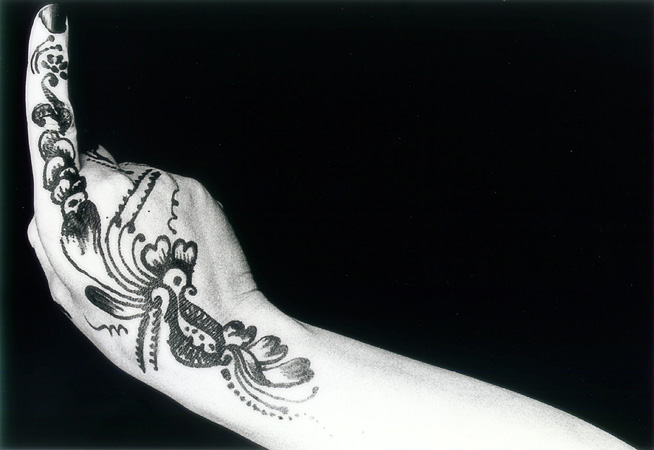
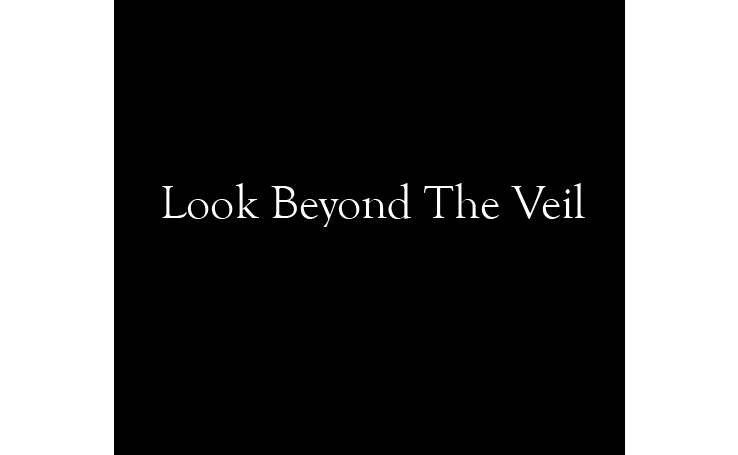
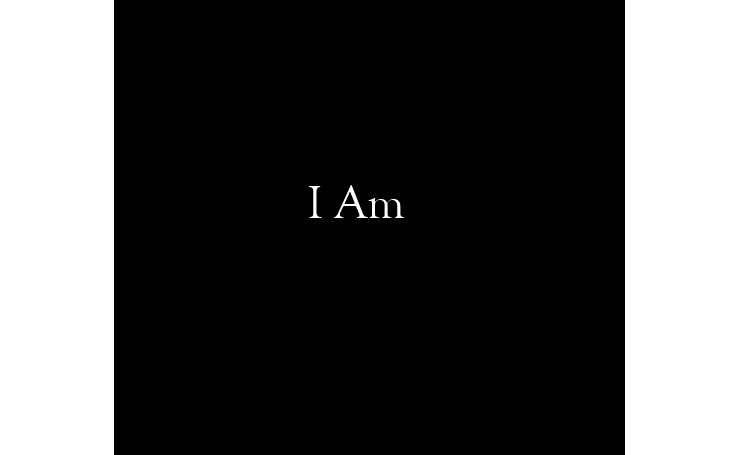
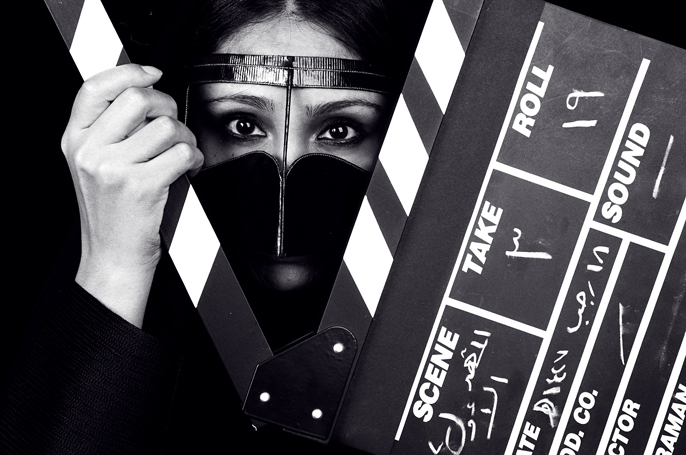
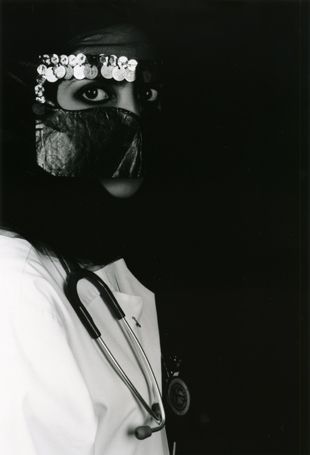
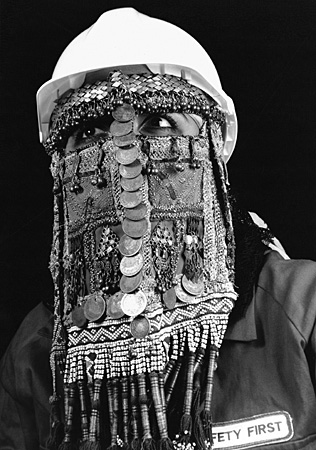

.jpg)
.jpg)
.jpg)
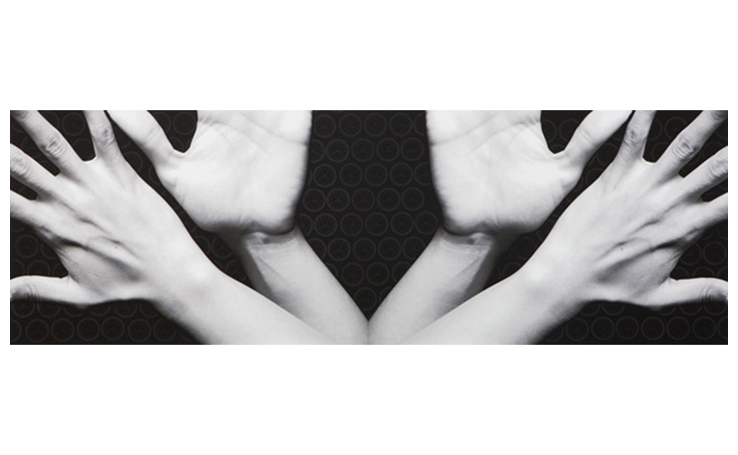
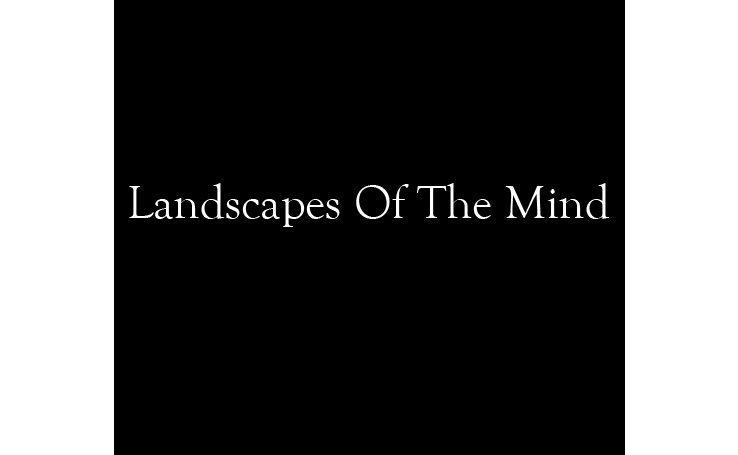
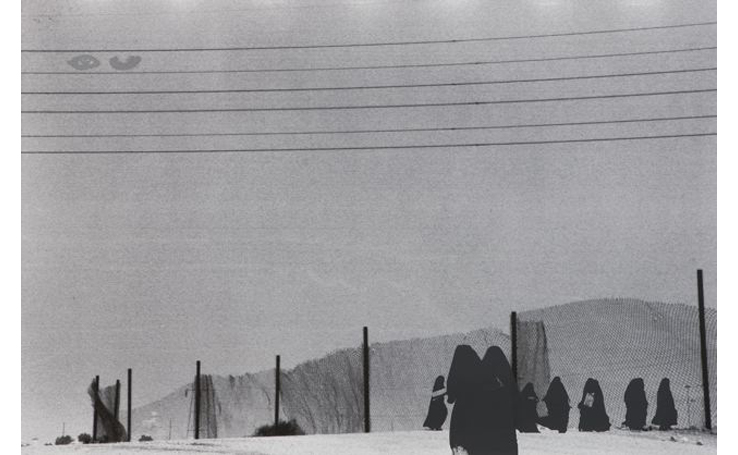
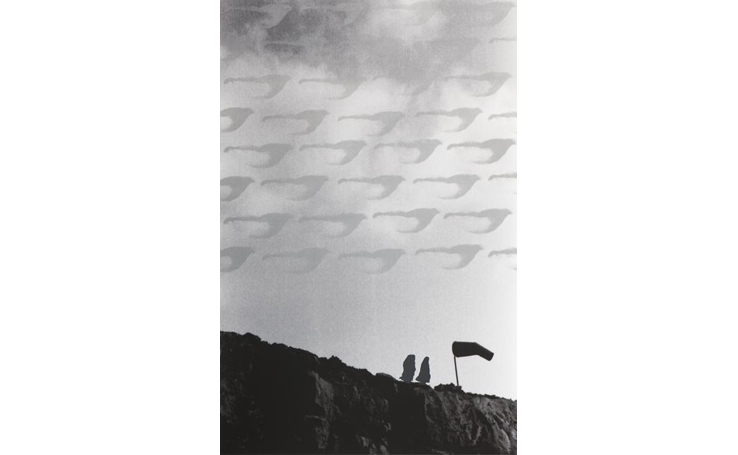
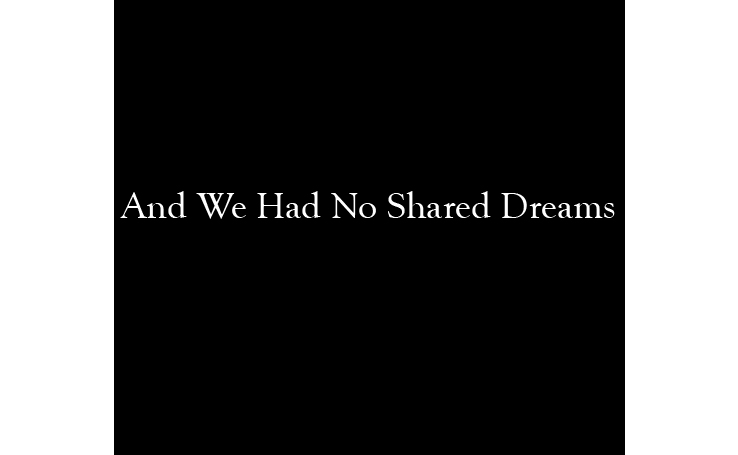
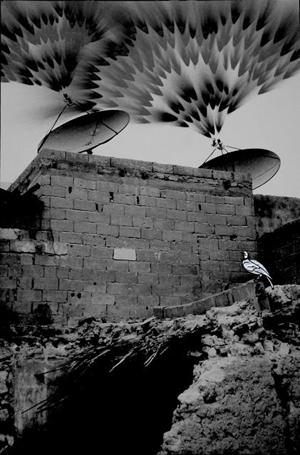
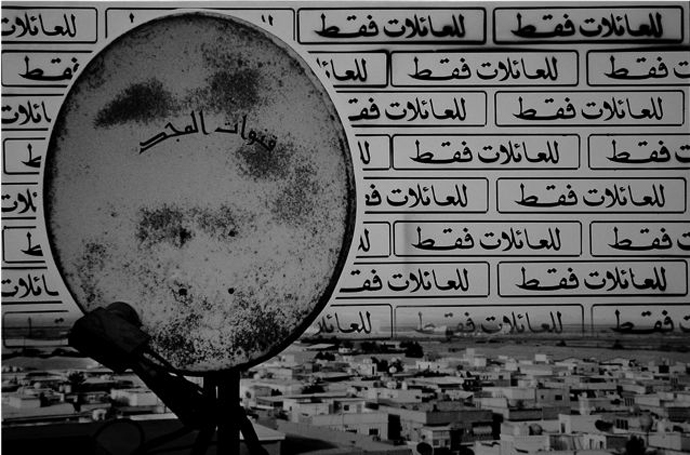
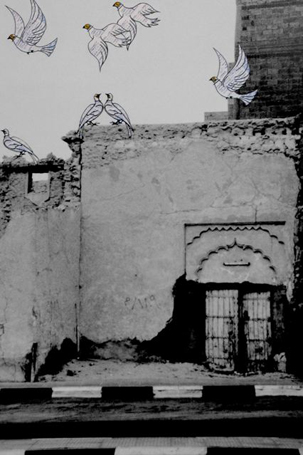
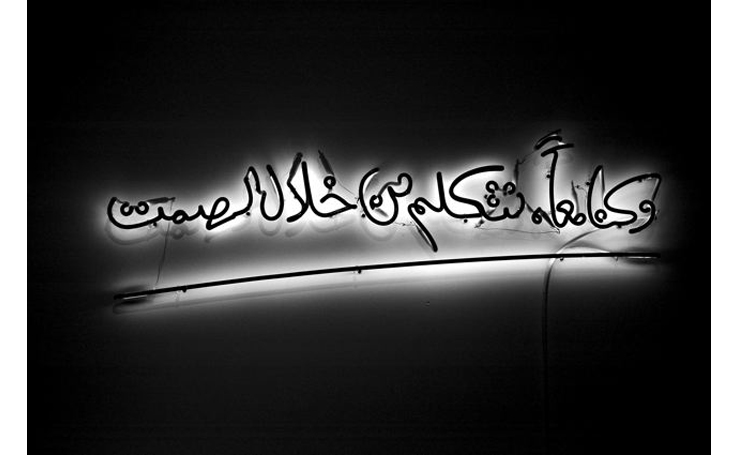
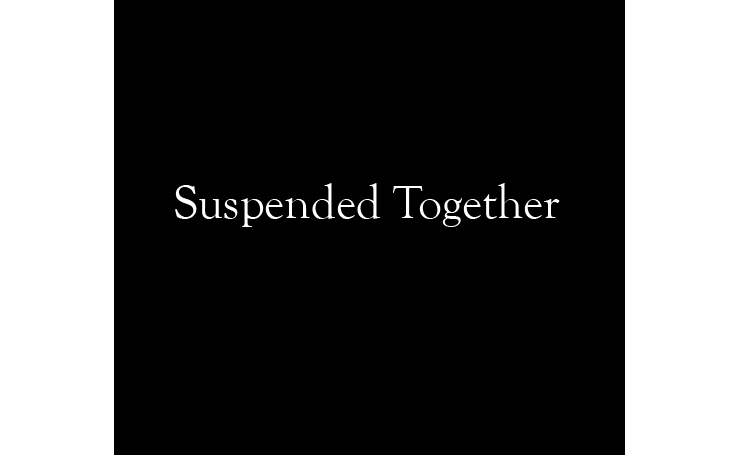
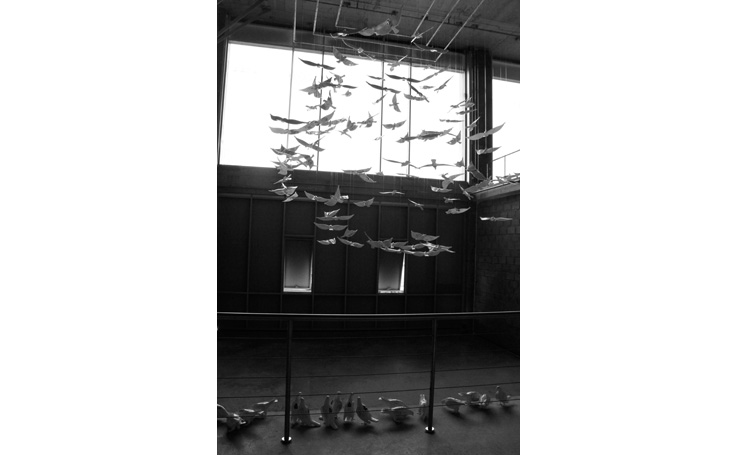
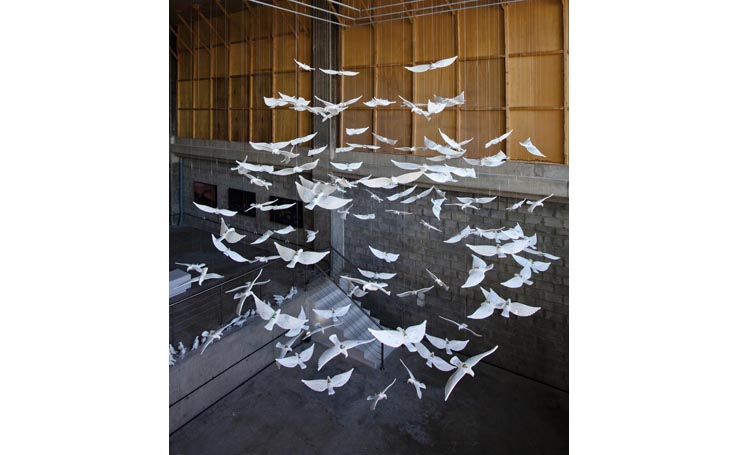
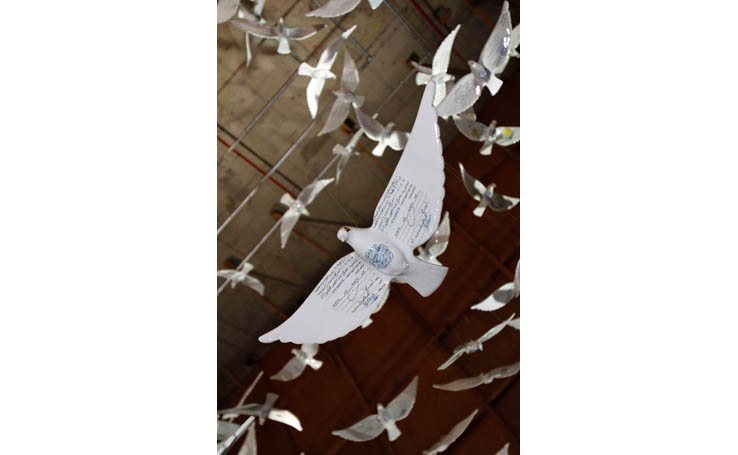
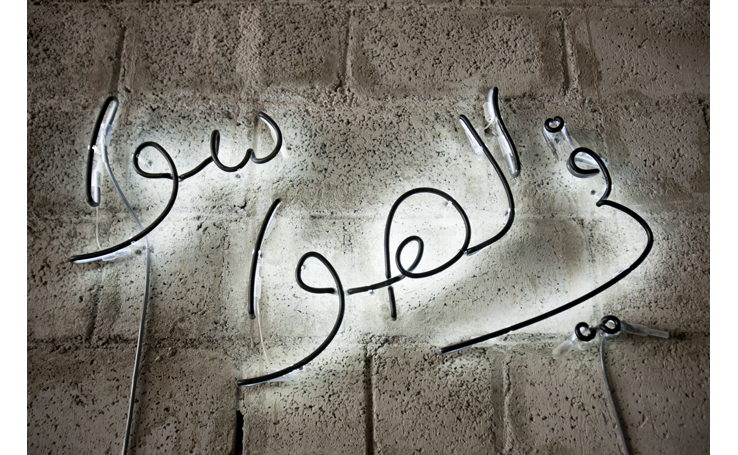
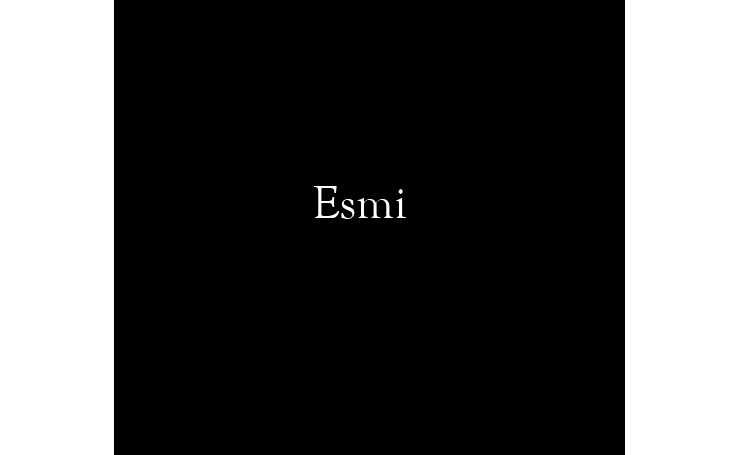
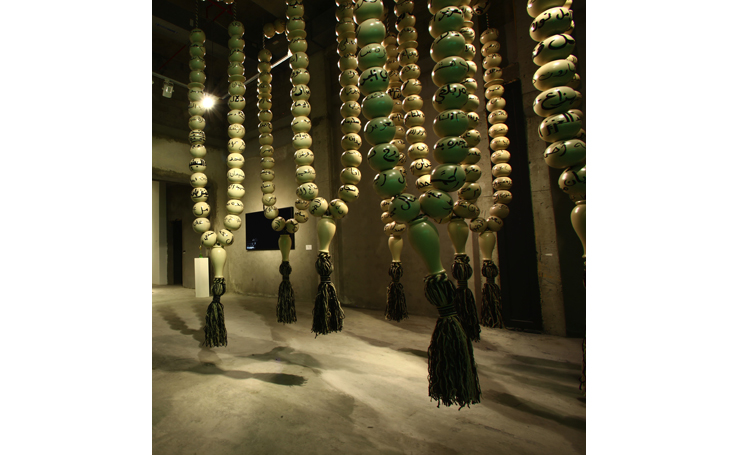
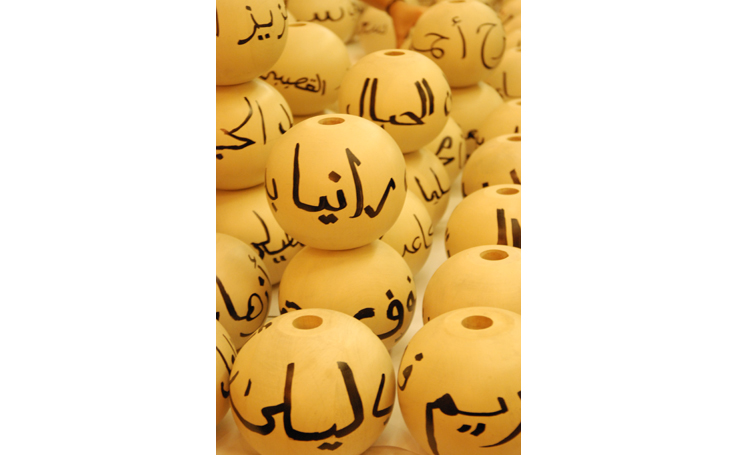
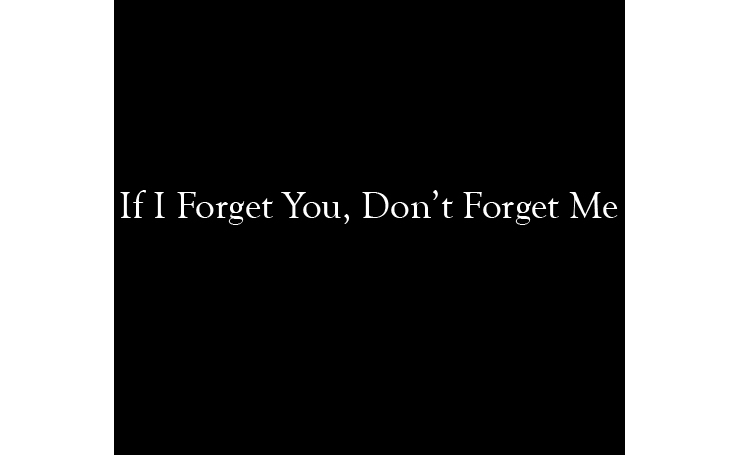

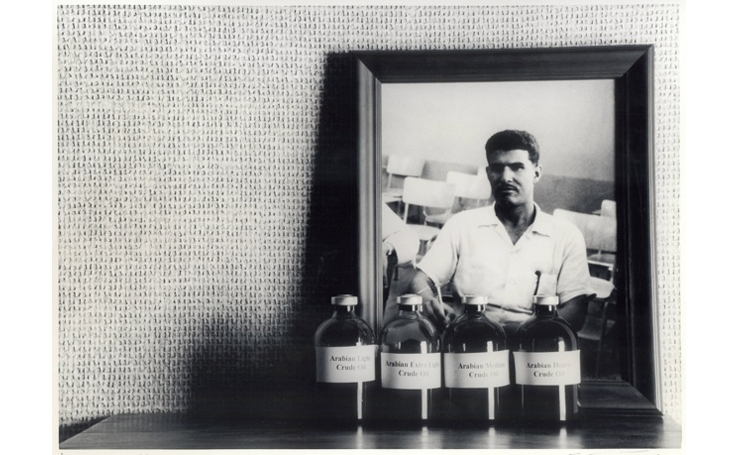
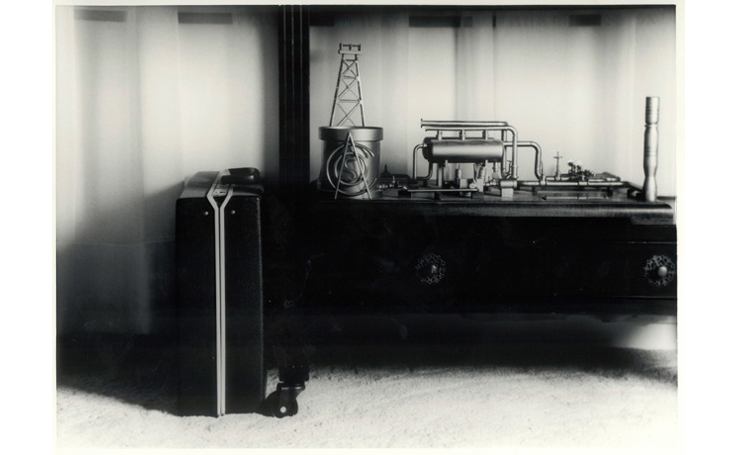

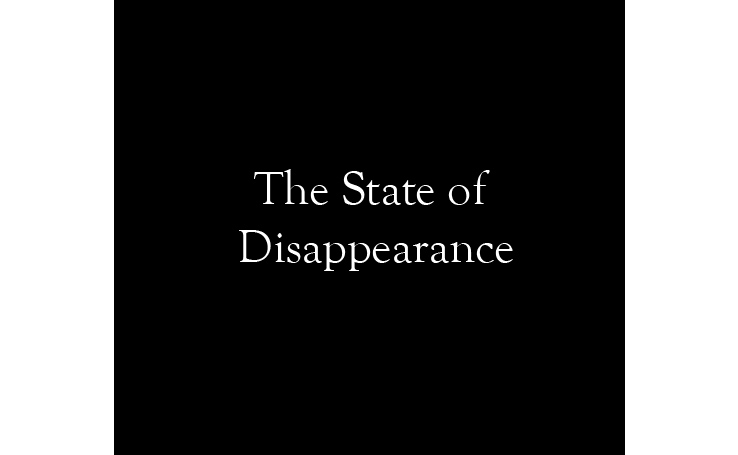
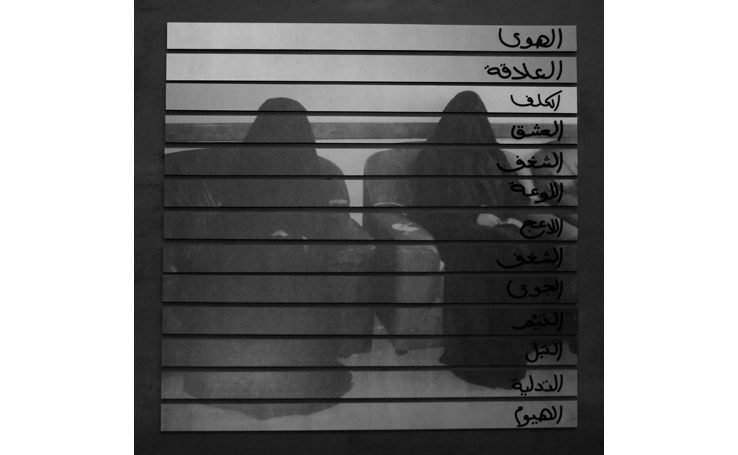

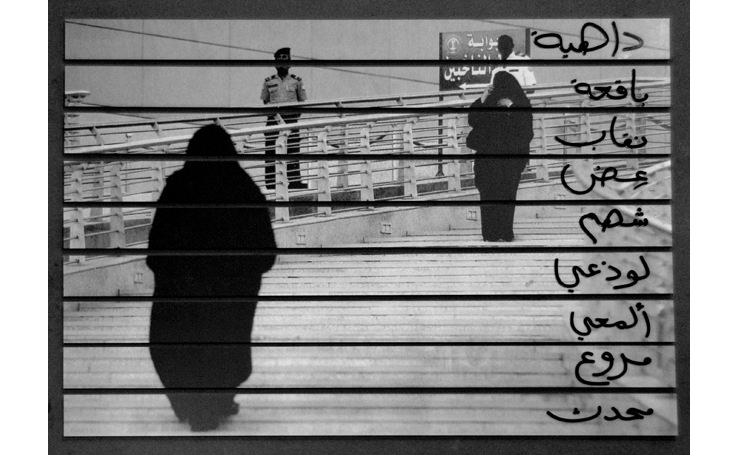











.jpg)
.jpg)
.jpg)























